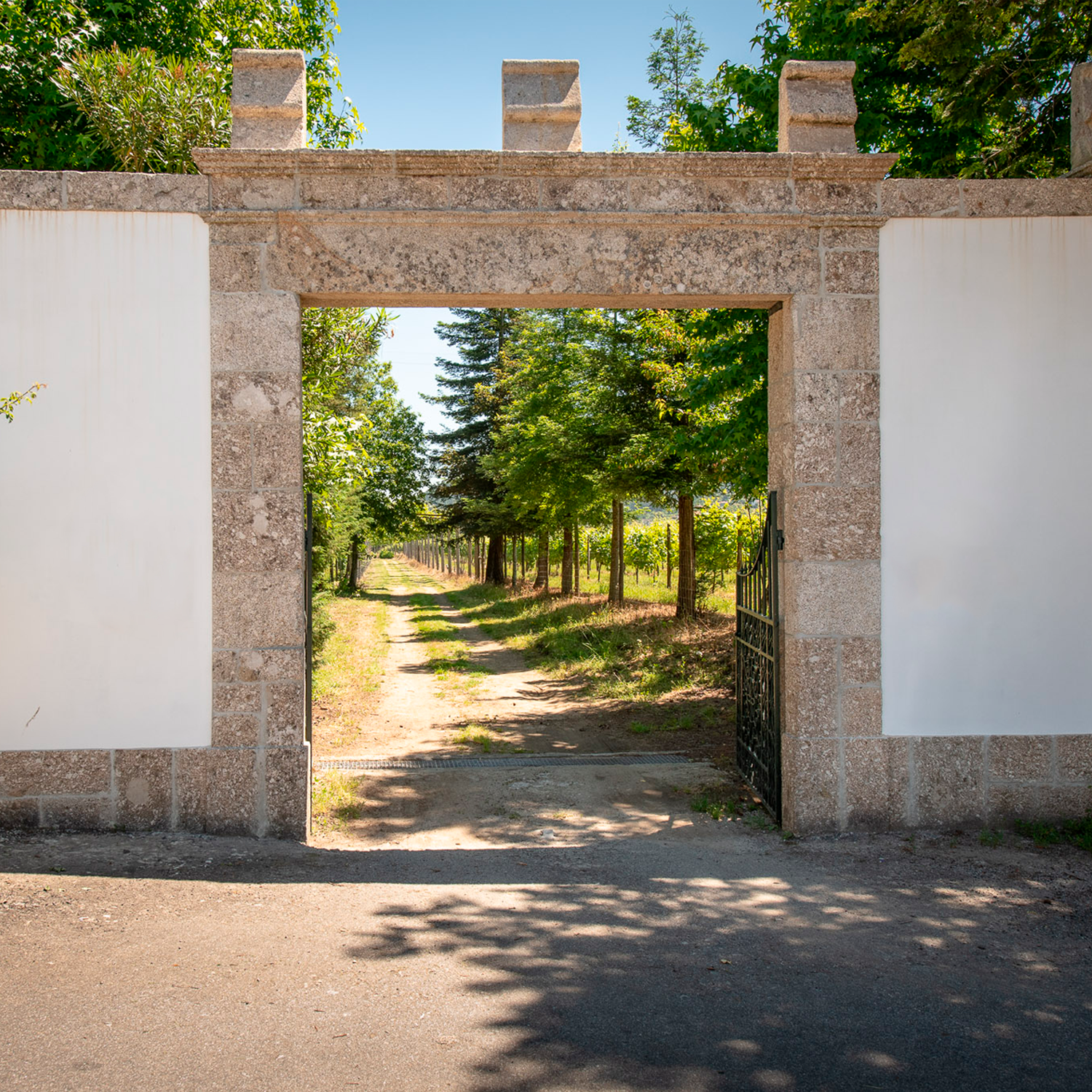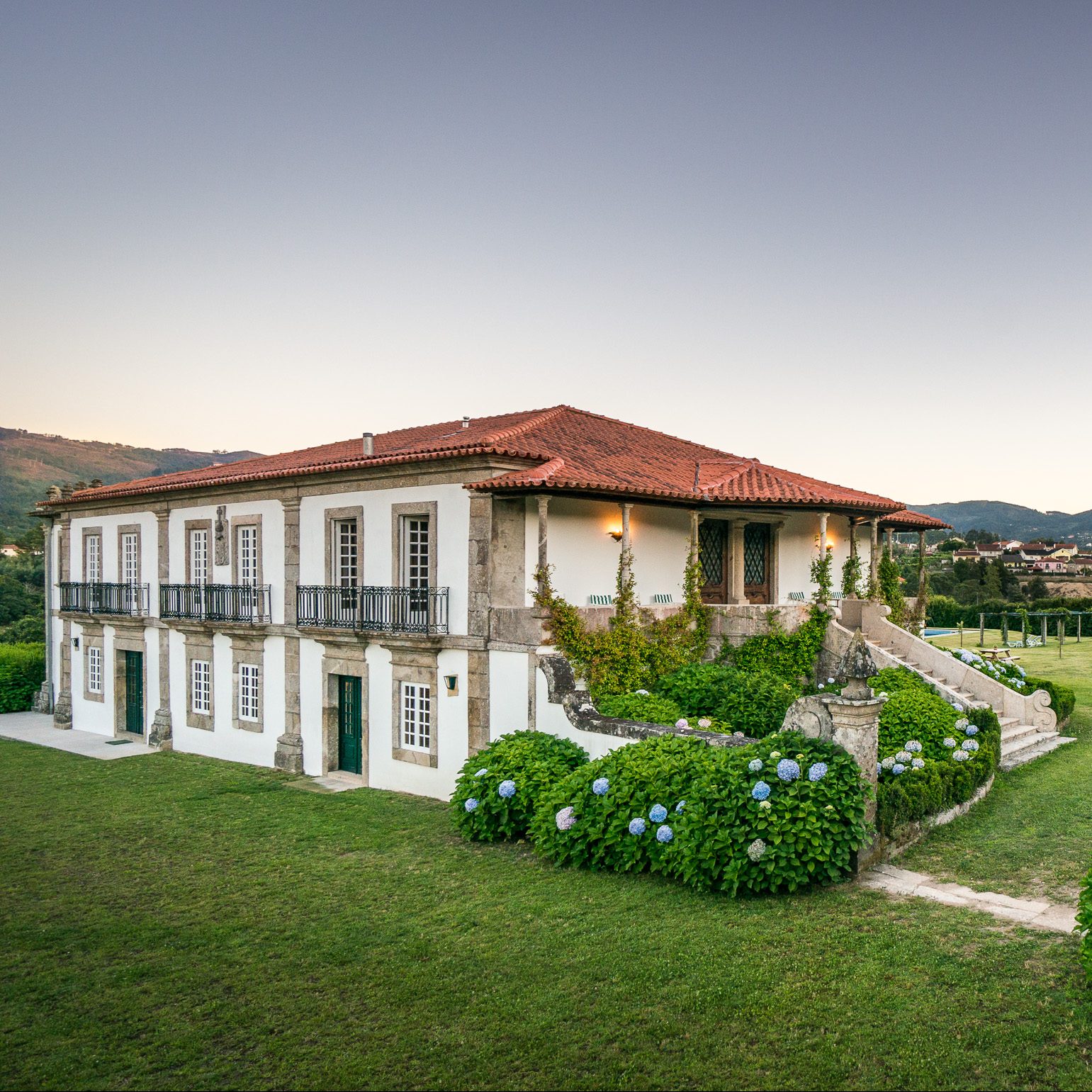
The history of Quinta de Luou
Quinta de Luou is located in the small village of Luou, Parish of Santa Cruz do Lima, Municipality of Ponte de Lima, and to him owes the origin of its name.
As a curiosity, it is worth mentioning that in Galicia, in the Municipality of Teo, there is a village also called Luou, which preserves traces of prehistoric times.
In the charter of Beiral do Lima, in 1515, there is a reference to “Fernão de Luou”.
The first references to “Quinta de Luou” are dated from the 18th century and establish the link to the “Casa do Fundão” Majorat, located at Loureira (Vila Verde).
From this family descended the 2nd Visconde da Torre, Alberto Feio da Rocha Páris, who died without descent in 1912, left the estate to his wife’s family, Maria Cândida Malheiro Reymão, great-grandfather’s sister of the current owners.
The oldest part of the house, whose construction date is not known, should consist of the kitchen area, the porch, and the kitchen stairs, and the part of the west façade that ends next to the rainwater fall pipe, where is visible the stones that would make the initial beginning of the facade of the house.
In the 18th century, there will have been an extension to the current balcony area, where the house’s main facade will have been built.
The existence of two entrance doors on the porch is due to its functionality. The one on the right would lead to the old entrance room (now turned into a bedroom), being used to receive visitors and the one that is still in service gives a hallway and would be used by the personal of the house.


At the end of the 19th century, the porch was built on the staircase. It is unknown whether the staircase would already exist or if it had only been covered with a roof.
At the same time or the beginning of the 20th century, the south hall will have been built which may have initially been an open terrace.
Quinta de Luou for many years was also known as “Quinta de Santa Cruz” and the Main House has as patron Saint Anthony, having once existed on the top of the two entrance doors a stone image of the said Saint.
During the recent remodeling works for tourism, almost all ceilings remained in their original form; in one of the current WC, the interior of the ceiling was removed to allow the creation of a skylight.

